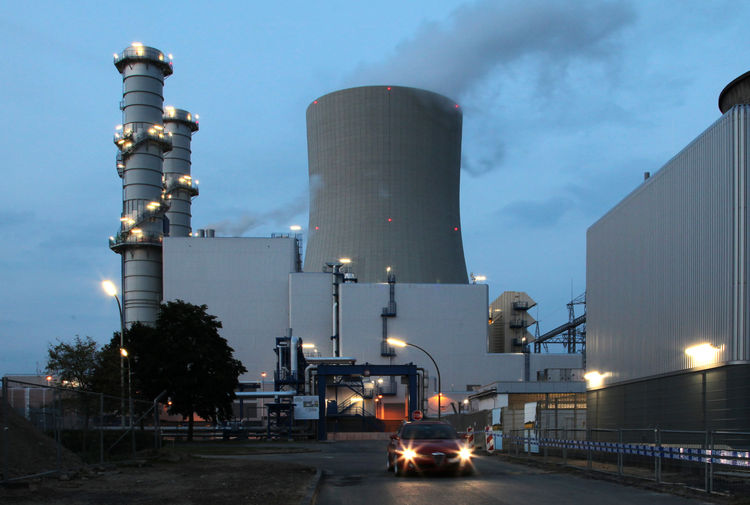- Power Generation Drops by 207.1MW
The Transmission Company of Nigeria (TCN) said that that the nation’s power generation capacity dropped slightly from 3,959 megawatts from Jan. 4, to 3,751.90 megawatts on Jan. 12, due to dearth of gas.
The Nigerian Electricity System Operator (SO) website, a sub agency of TCN, disclosed the figure on its daily forecast website on power generation data in Lagos on Thursday.
TCN put the total output of all the generation companies at 3,751.90 megawatts, which it said had been transferred to the 11 distribution companies across the country.
The website showed that the country’s power generation also recorded lowest peak at 2,876.80 megawatts.
According to the Nigerian Electricity Supply Industry (NESI) operational report for Jan. 4, the power sector hit a peak generation of 4,959 megawatts as against 3,321 megawatts recorded in Dec. 2.
NESI said that the sector recorded highest system frequency of 51.27Hz; lowest system frequency of 48.22 Hz; highest voltage recorded was 372KV, while lowest voltage recorded on the same day was 300KV.
An official of TCN, who preferred anonymity, said that electricity generation had been dwindling due to challenges of accessing gas by generation companies.
The official said that many power projects that could boost the country’s generation were still pending due to lack of fund and gas shortage to test run the turbines.
Similarly, a top management official of Egbin Power Station, who also pleaded anonymity, said that the power plant which usually generates over 1,000 megawatts had dropped to 375 megawatts due to gas constraint.
According to him, the plant, located in Lagos, generates and distributes between 250 megawatts and 300 megawatts due to shortage of gas.
The official said that Egbin, with an installed capacity of 1,320 megawatts, had the capacity to wheel over 1,000 megawatts daily.
He said that the plant had been limited to less than 400 megawatts due to shortage of gas.
Meanwhile, the Minister of Power Works and Housing, Babatunde Fashola, during the 11th Monthly Stakeholders meeting in Lagos on Jan. 9, unveiled plans to inaugurate some electricity projects this year.
Fashola said that some of the projects to be inaugurated in the course of the year include the completion of the Kaduna 215 megawatt power plant, the Gurara project and the Gardin Kowa plant.
Others are switching of the Gudenda substation, as well as the conclusion of the Katsina wind and the Abuja solar farms.
The second phase of the Abuja solar project, he said would run-up from 800 megawatts to 1.2 megawatts and raised the hope of possibility of partnerships in the area of development of hydro dams.
He also disclosed that there were 14 projects for transmission in Lagos State and Ikeja West, the largest in terms of transformer capacity, was undergoing expansion to respond to the growing needs of population.
“This tells you clearly that the transmission system is not static, it is dynamic and expanding.”
According to the minister, the evacuation of power at the Ikot Ekpene switching station is what has kept the grid to almost 4,000 megawatts.
“We still have 3,000 megawatt out from the damage of the Escravos and Forcados, so if that comes back, we are almost at 7,000 megawatts, so the target is incremental power.’’


 Forex2 weeks ago
Forex2 weeks ago


 Naira2 weeks ago
Naira2 weeks ago
 Billionaire Watch1 week ago
Billionaire Watch1 week ago




 Naira2 weeks ago
Naira2 weeks ago




 Naira1 week ago
Naira1 week ago




 Naira4 weeks ago
Naira4 weeks ago
 Nigerian Exchange Limited4 weeks ago
Nigerian Exchange Limited4 weeks ago


 Naira3 days ago
Naira3 days ago





















